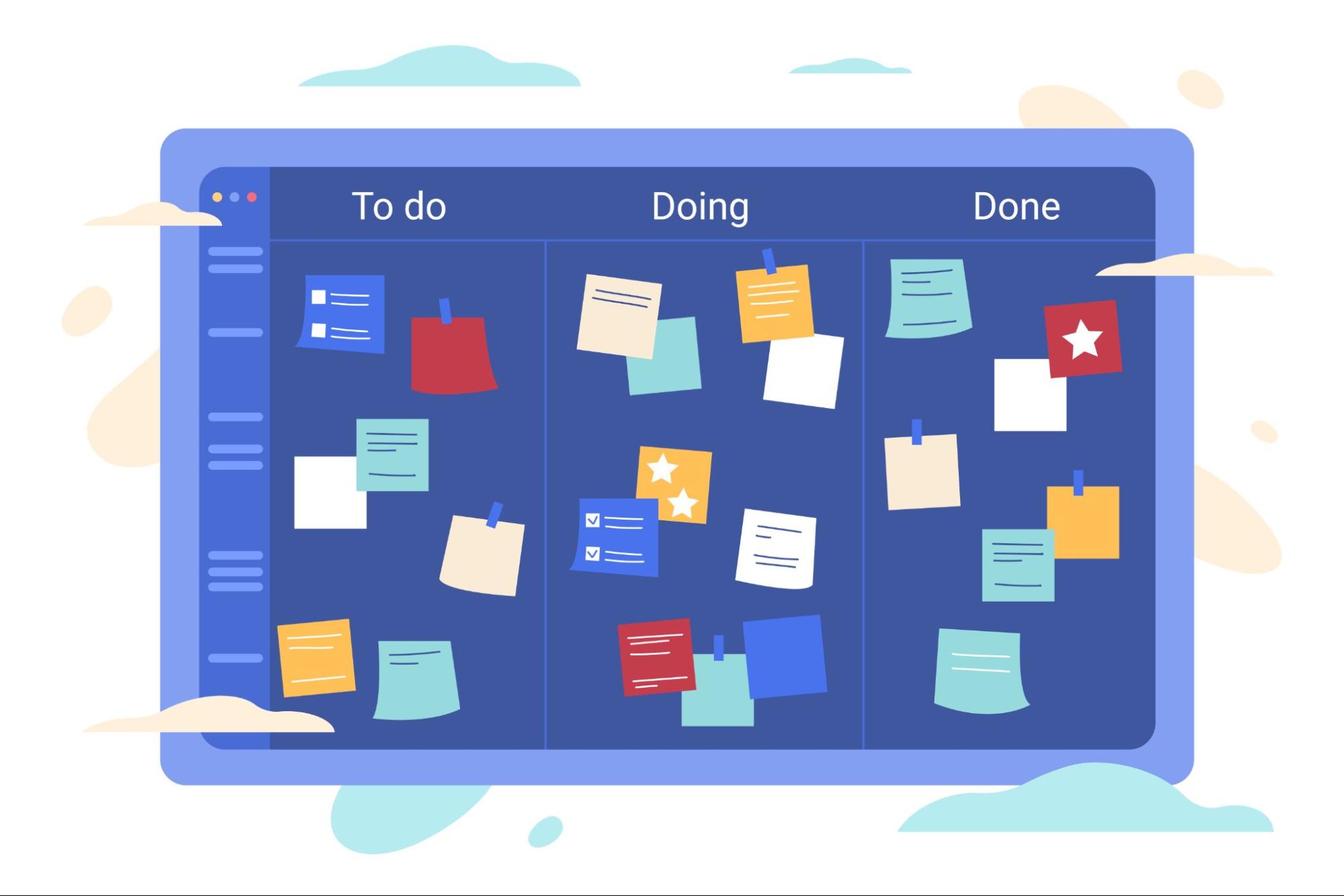The Complete Guide to Project Lifecycle Phases
A comprehensive guide to the stages of the project lifecycle in project management, from initiation to closure.
Start Free Trial
A comprehensive guide to the stages of the project lifecycle in project management, from initiation to closure.
Start Free Trial
Do you find it challenging to determine where to begin when starting a major project? Understanding the project lifecycle in project management can be the key to setting a solid foundation for success. This lifecycle encompasses a series of stages that a project progresses through from start to finish.
The project lifecycle management consists of five essential stages: initiation, planning, execution, monitoring and controlling, and closure. By closely monitoring each stage, you ensure that your project stays on track and within budget.
The project development cycle provides a structured approach for project managers, guiding projects from conception to completion. It outlines all the stages required to turn an idea into a finished product.
Grasping the stages of project management helps project managers see the big picture and effectively handle each phase. Breaking the project into these stages makes it easier to anticipate future steps and stay focused on achieving success. Using the right tools and methods throughout the project lifecycle further enhances team management and project efficiency.

The project lifecycle management outlines the distinct stages a project undergoes from beginning to end. It provides a structured framework that helps manage various aspects of the project, ensuring important milestones are met along the way. Typically, the project life cycle includes five phases: initiation, planning, execution, monitoring and controlling, and closure.
In the initiation phase, you establish the project's goals, scope, budget, and timeline. The planning phase follows, where you develop a detailed action plan to guide the project's execution. During the execution phase, you implement the plan and work towards delivering the project's outcomes. Throughout the project, the monitoring and controlling phase is crucial for tracking progress, managing risks, and making necessary adjustments to stay on track. Finally, the closure phase wraps up the project by completing tasks, obtaining formal acceptance, and archiving important records.
A structured approach through these phases ensures effective management of resources, timelines, and deliverables, helping to keep the project on schedule and within budget. Project managers play a key role in overseeing each phase, ensuring smooth progress and successful project completion.
The initiation phase marks the project’s beginning, where the project manager establishes the project's scope and objectives. This phase is crucial for aligning all stakeholders with the project's goals and setting the groundwork for a successful venture. Key tasks during initiation include:
The planning phase in project lifecycle management is where the project manager develops a comprehensive project plan and roadmap, laying the groundwork for successful execution. This phase starts with meticulous scheduling, which involves breaking down the project into manageable tasks and defining a timeline for each. The project manager also allocates resources, including team members, equipment, and budget, ensuring that each component is effectively utilized to meet the project’s objectives. Identifying potential risks is another critical aspect of this phase; the project manager must anticipate challenges that could impact the project and develop mitigation strategies to address them. The goal of the planning phase is to create a detailed, actionable plan that guides the team through each stage of the project, ensuring that all elements are coordinated and aligned with the project’s goals. This thorough planning helps prevent misunderstandings, delays, and resource mismanagement, ultimately setting a solid foundation for successful project execution.
In the execution phase, the project plan is set into motion as the project manager oversees the implementation of tasks. This involves coordinating resources, including personnel, tools, and materials, to ensure everything aligns with the project's goals. The project manager is responsible for clearly communicating tasks, deadlines, and expectations to team members, ensuring that everyone understands their roles and responsibilities.
Resource management is critical during this phase, as the project manager allocates resources efficiently and manages external vendors or contractors if needed. Monitoring progress closely, addressing any issues, and making necessary adjustments are essential to keep the project on track. Regular updates and status meetings help maintain momentum and ensure that any obstacles are resolved promptly, ultimately driving the project towards its successful completion.
The monitoring and controlling phase is crucial for keeping a project on track and ensuring it aligns with the established plan. This phase involves continuously overseeing project progress and evaluating team performance against the predefined objectives. The project manager is responsible for detecting any deviations from the plan or budget, pinpointing their causes, and implementing corrective measures to get back on track. Regular status reports, time tracking, budget assessments, and risk management reviews provide vital insights into the project’s health and progress. To address necessary changes, team members are required to submit change requests, which must be reviewed and approved to ensure alignment with the project’s goals.
The closing phase signifies the formal conclusion of a project. This final stage is focused on securing final approvals and sign-offs from stakeholders, conducting a thorough post-project review, and assessing overall performance. The project team identifies what aspects of the project were successful where improvements can be made, and documents key lessons learned throughout the process. These activities not only wrap up the project but also contribute to a culture of continuous improvement, accountability, and transparency, helping to inform future projects and enhance overall project management practices.

Unlike traditional project management, which relies on a fixed and unchanging plan, Agile project management embraces flexibility and continuous improvement. In Agile methodology, teams engage in iterative cycles, frequently reassessing and adjusting the project plan based on ongoing feedback and evolving requirements. This approach emphasizes iterative development, close customer collaboration, and the ability to adapt quickly to changes.
Scrum is a prominent Agile framework where teams work in time-boxed iterations called sprints. Daily stand-up meetings keep team members aligned on progress, obstacles, and next steps. Kanban, another Agile method, uses a visual board to manage workflows, allowing teams to prioritize tasks and maintain an efficient process. The choice of Agile methodology can vary depending on the nature and requirements of the project.
Effective management of the project life cycle offers several key advantages:
Project managers can use RMsis by Optimizory to efficiently organize and prioritize tasks, allowing for a structured approach to managing complex projects. RMsis simplifies requirement management by breaking down large projects into actionable steps, making it easier to track progress and ensure timely completion. With robust reporting and analytics capabilities, RMsis provides valuable insights into project performance, helping managers make data-driven decisions. The platform also offers customizable project dashboards, enabling users to monitor key metrics and resource allocations in real-time.
RMsis is a powerful project management tool designed to enhance every phase of the project life cycle. It offers a range of features and planning templates to streamline processes and provide clarity and visibility throughout the project. RMsis excels in organizing and prioritizing tasks, allowing project managers to break down large projects into manageable steps and track progress efficiently. By centralizing task management, RMsis helps teams to collaborate effectively and stay focused on high-impact features and deliverables. With its comprehensive reporting and analytics capabilities, RMsis provides valuable insights into project performance, ensuring that teams can make informed decisions and maintain control over project outcomes.
Agile and traditional project life cycles have distinct approaches to change and planning. Agile is renowned for its flexibility and iterative process. It welcomes changes and fosters continuous assessment and adjustment throughout the project. Teams gather ongoing feedback and insights, which helps them adapt and refine their project plans dynamically to stay aligned with evolving goals.
In contrast, traditional project life cycles are more linear and rigid. Detailed planning occurs upfront, and the project team follows a set plan with minimal deviations. Changes are harder to incorporate in this approach, making it less adaptable to evolving requirements.
Each method has its strengths. Agile is particularly beneficial for projects where flexibility and frequent adjustments are necessary, while traditional approaches work well for projects with clearly defined objectives and limited scope changes.

Effective project life cycle management enhances organizational growth by optimizing resource utilization and boosting efficiency. By managing the project phases effectively, teams can complete projects on time and within budget, contributing to overall organizational success. Efficient project management leads to better use of resources, timely deliveries, and successful project outcomes, driving growth and achieving strategic goals.
Managing a project through its life cycle involves navigating several challenges:

Most mature requirements management application for Jira.